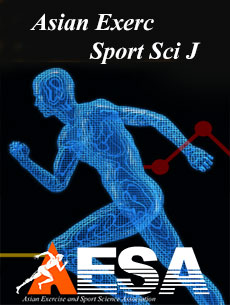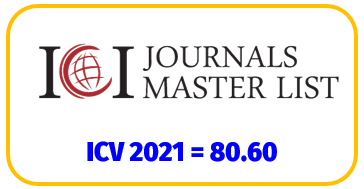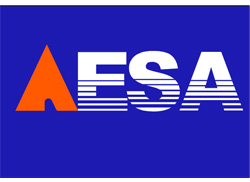LPS-induced TLR4 activation during a 164 km and 100 km cycling event in a hot and humid environment
Keywords:
exercise, exertional heat stroke, endotoxemia, flow cytometry.Abstract
Strenuous exercise-heat stress has been shown to alter gut permeability by diverting splanchnic blood flow away from the intestines, allowing lipopolysaccharides (LPS, endotoxin) from the intestinal lumen into circulation and potentially driving exertional heat stroke pathophysiology. The details of exercise and environmental conditions, as well as the strength of any related immune response, are ill-defined. The objective of this study was to examine LPS concentrations and immune cell markers of TLR4 activation during a 164-km or 100-km cycling event in hot and humid conditions. Fifty-one participants (mean±SD; 38 males, 13 females; age 51±10 y; height 173±14.9 cm; weight 83.9±15.4 kg) completed the event and provided blood samples before (within 3 hours of start) and immediately following (within 10 minutes of completion) the event. Samples were analyzed for LPS and LPS-binding protein concentration, as well as the fraction and mean fluorescence intensity (MFI) of CD14, CD16, and TLR4 on peripheral blood mononuclear cells. LPS concentration significantly increased (p<0.05), with a subsequent increase in CD14 fraction (p<0.05) and TLR4 MFI on both CD14+ and CD16+ PBMCs (p<0.05). In conclusion, participants of the 164-km cycling event experienced exercise-induced endotoxemia potentially mediated by changes in gut permeability, followed by marked changes in LPS-specific immune response pathways.
Downloads


















